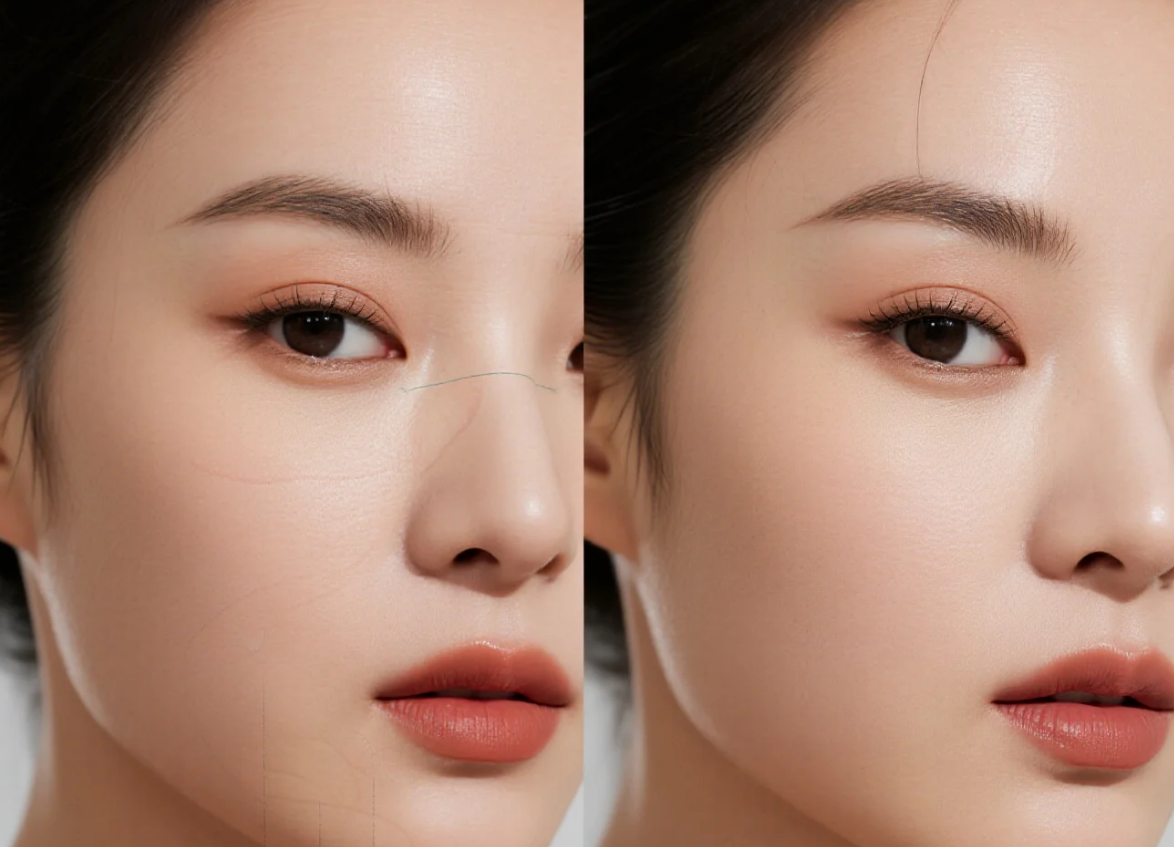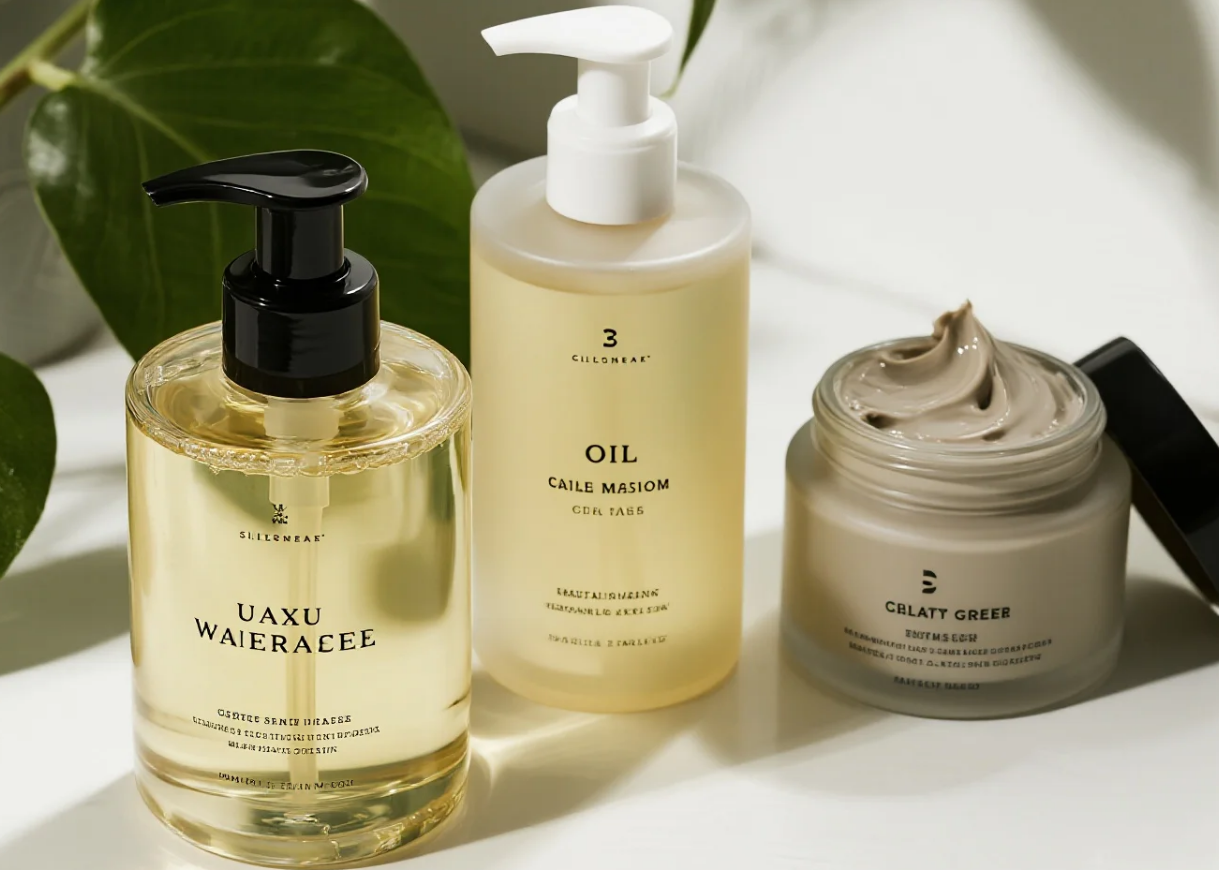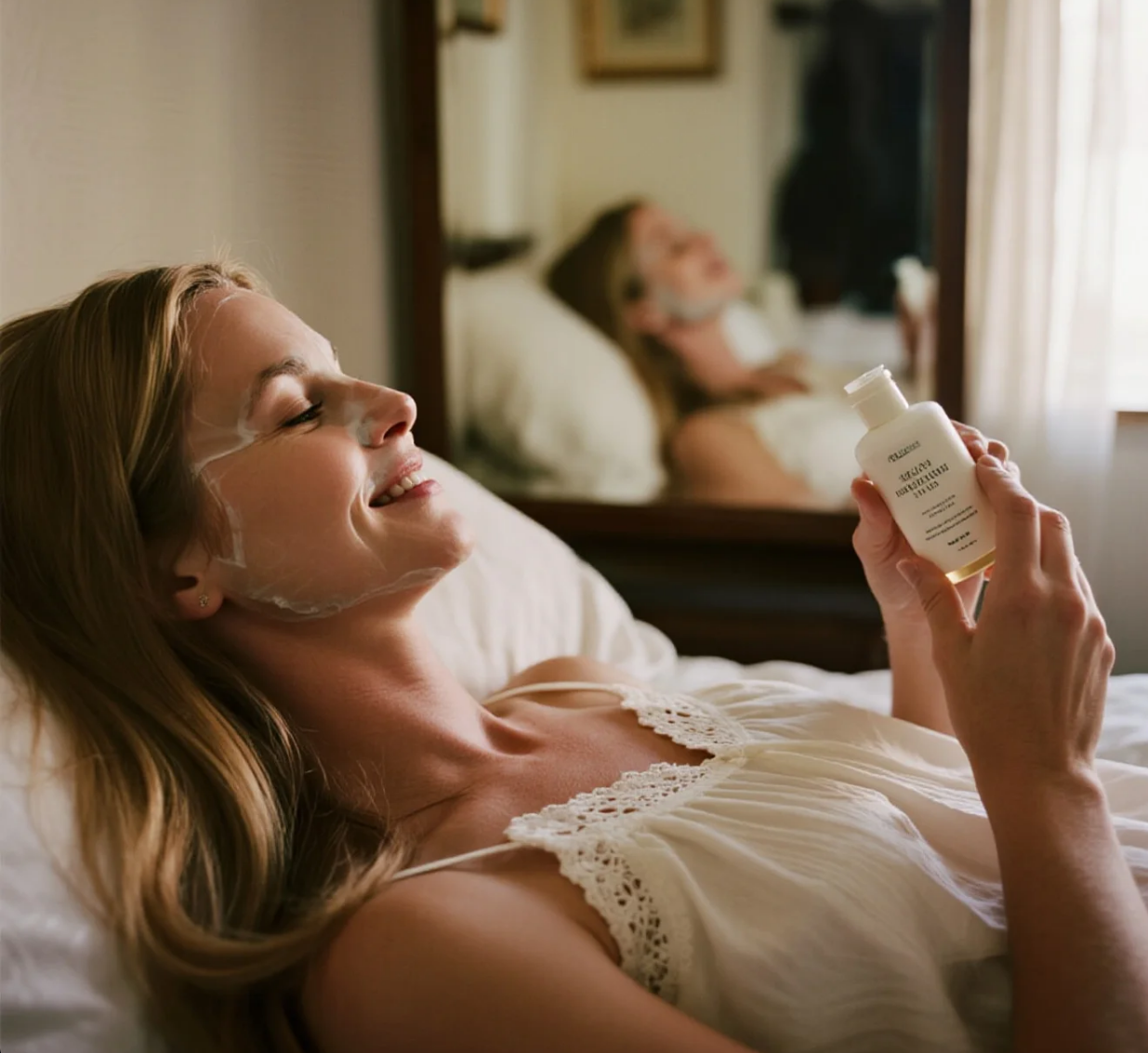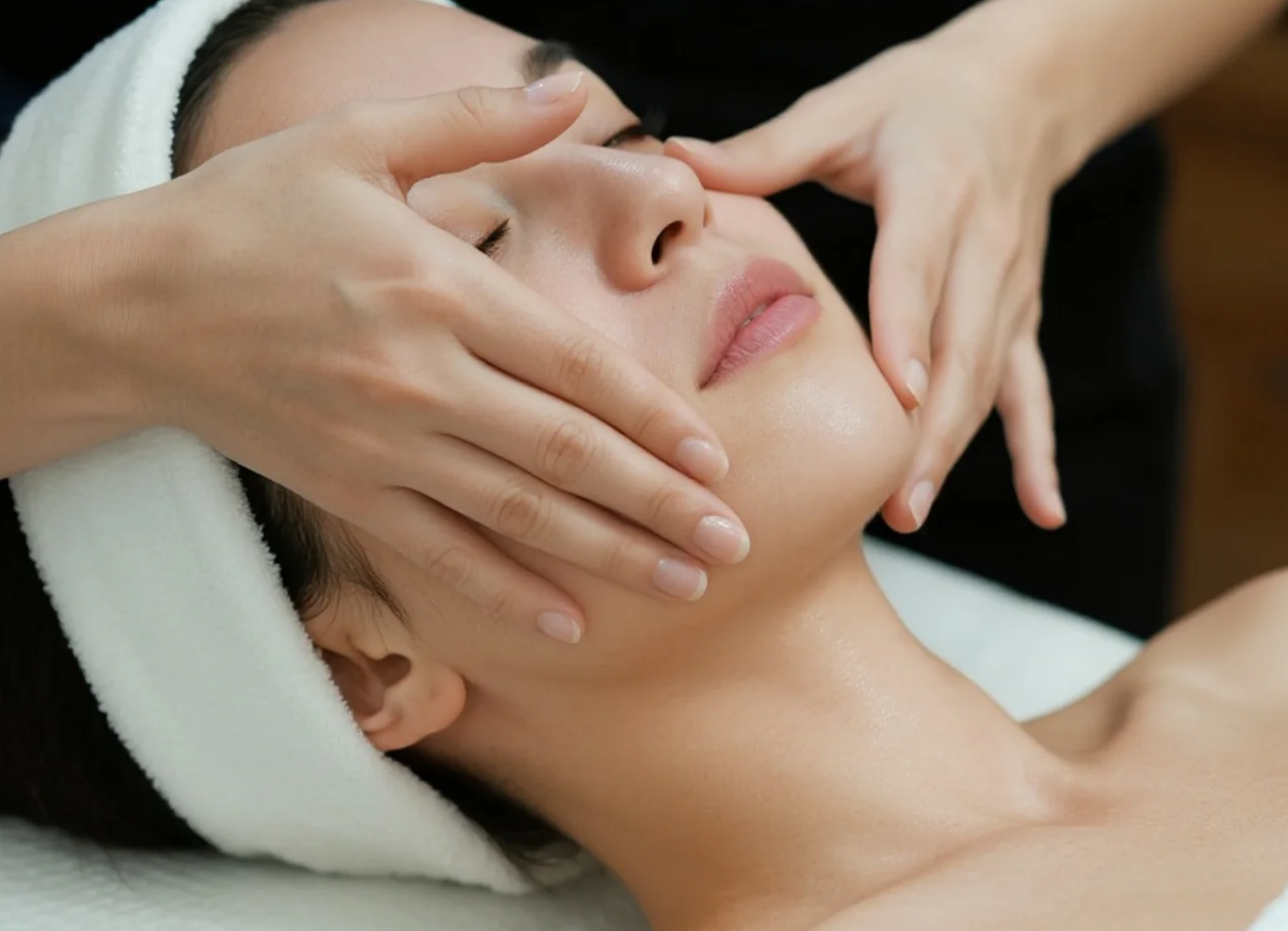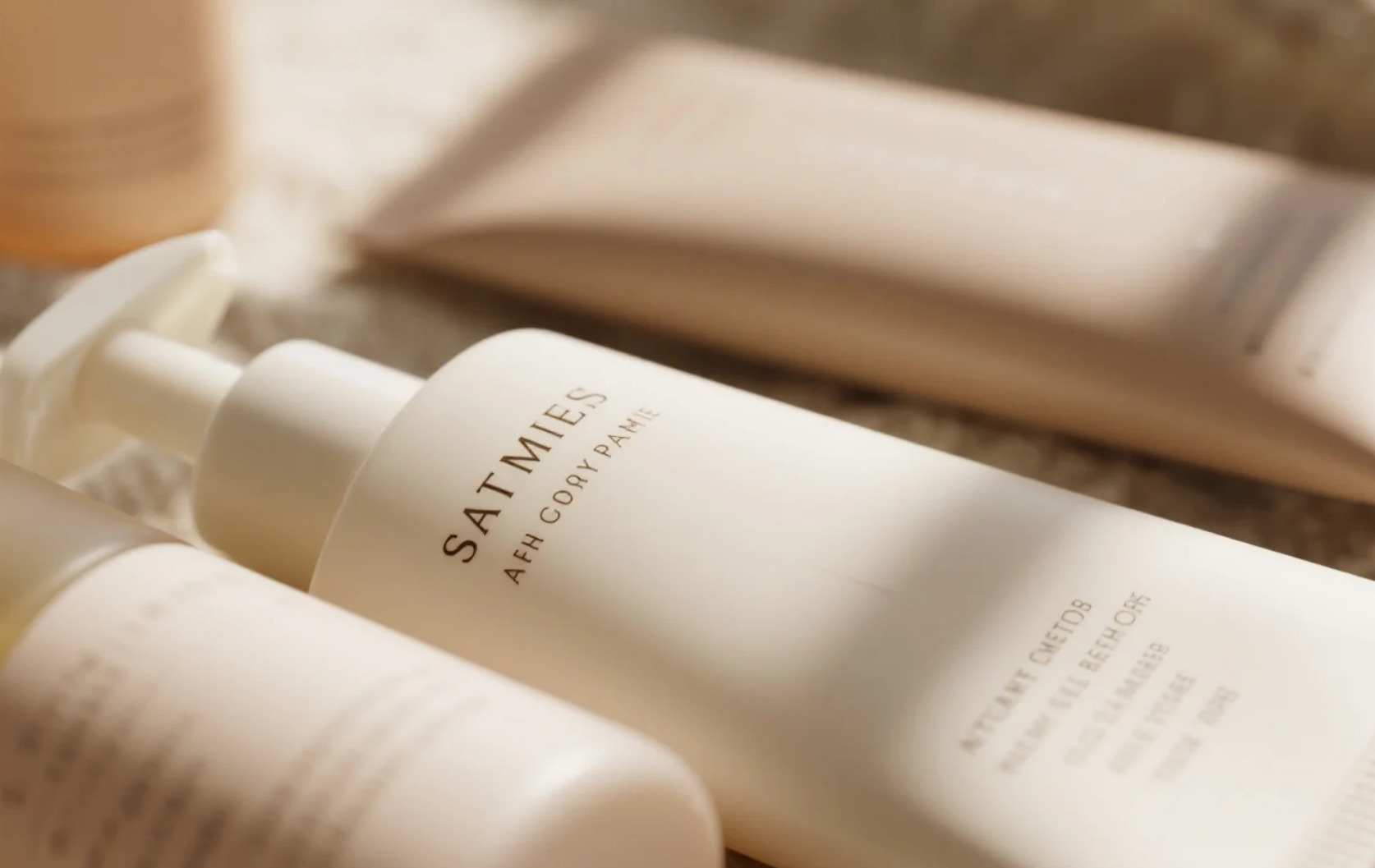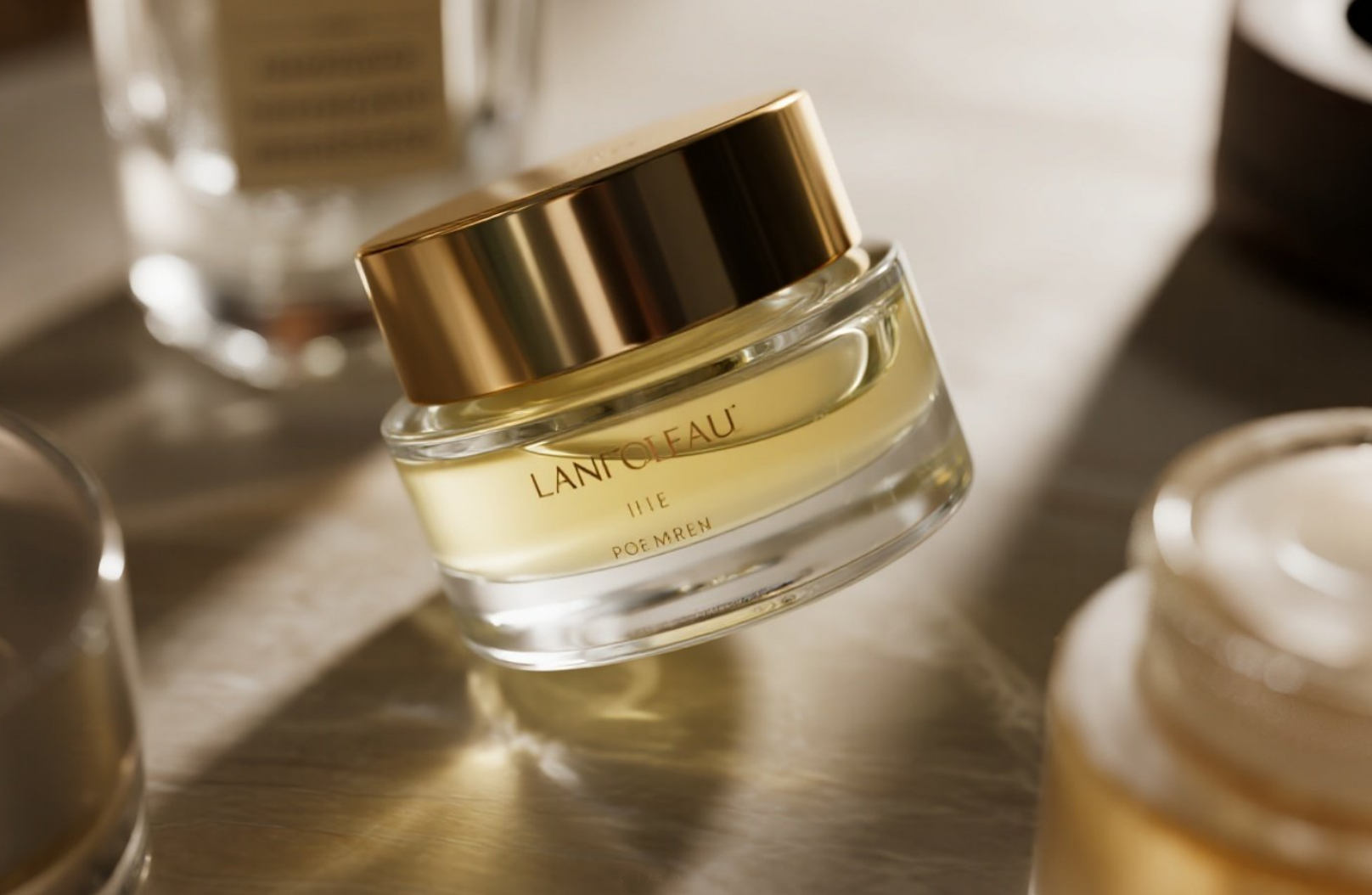Correct Facial Massage Techniques and Precautions
In modern skincare, facial massage, an ancient and effective beauty method, is gaining increasing recognition. It not only promotes skin health but also improves facial contours and texture, helping to delay aging. However, proper massage technique is just as important as scientific understanding; incorrect use can have counterproductive effects. This article will delve into the scientific principles of facial massage, share practical techniques, and provide cautionary tips to help you achieve safe and effective beauty treatments.
The key to facial massage is that it goes beyond simple skin kneading. Instead, it uses precise physical stimulation to promote blood circulation and lymphatic drainage, thereby enhancing skin vitality. Facial blood circulation is fundamental to maintaining healthy skin. Good blood flow delivers oxygen and nutrients to skin cells and accelerates the removal of metabolic waste. The gentle, rhythmic pressure and lifting during massage dilates capillaries, improves local microcirculation, and promotes a naturally rosy and radiant complexion. For example, studies have shown that specific massage techniques can significantly increase blood flow and local temperature in the skin. This warming effect not only improves skin tone but also enhances cellular metabolism, helping skin repair and regenerate.
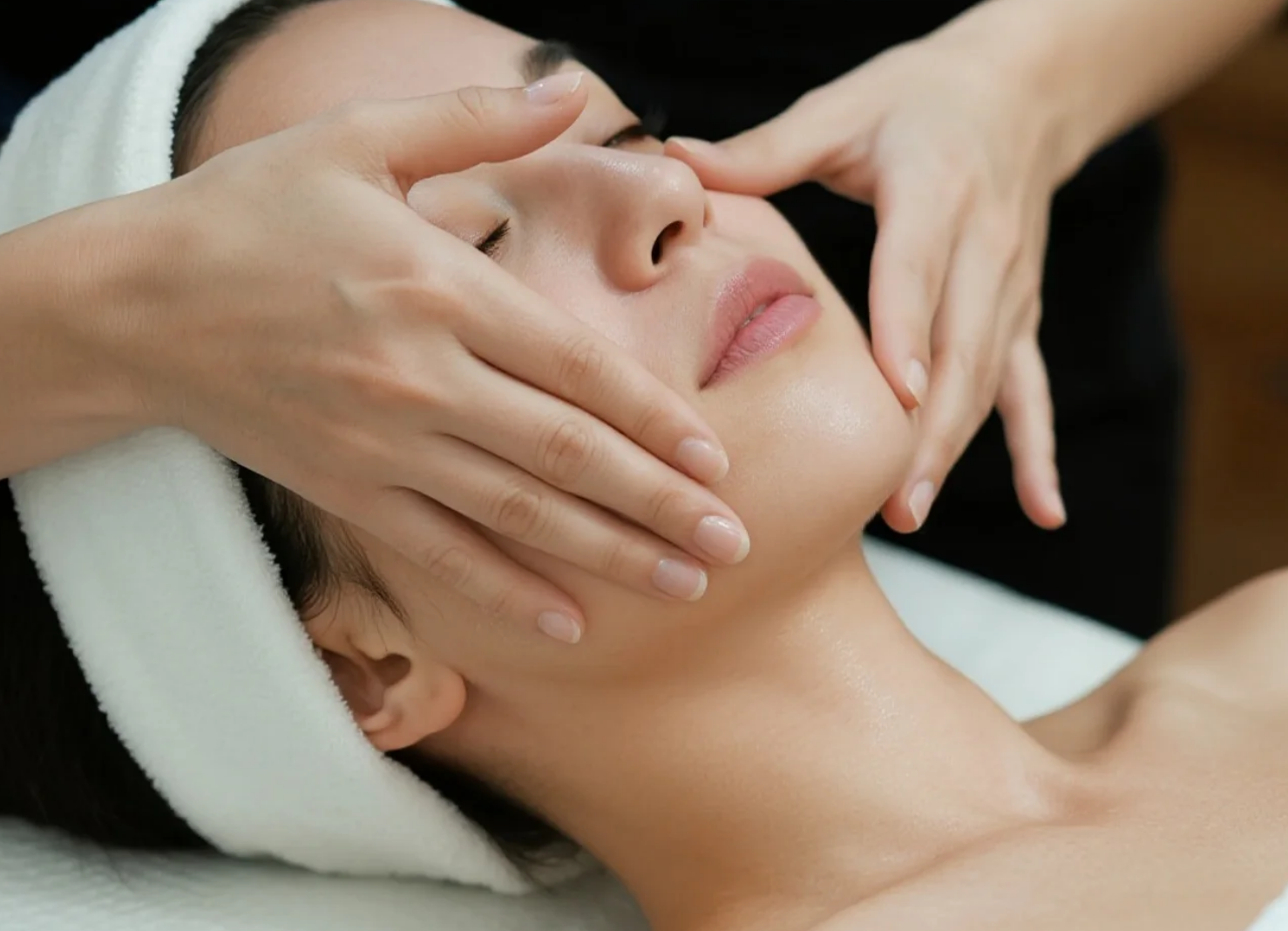 At the same time, the lymphatic system beneath the face plays a crucial role as a "drainer." The flow of lymphatic fluid relies on muscle contraction and external stimulation. Proper massage can help promote lymphatic drainage, reducing facial swelling and dullness. Many people experience facial swelling when they wake up in the morning, often due to poor lymphatic circulation. A methodical massage, moving from the center of the face outward toward the ears and neck, can accelerate lymphatic drainage, reducing swelling and brightening the complexion. Those who consistently practice lymphatic drainage massage often notice clearer facial contours and more translucent skin.
At the same time, the lymphatic system beneath the face plays a crucial role as a "drainer." The flow of lymphatic fluid relies on muscle contraction and external stimulation. Proper massage can help promote lymphatic drainage, reducing facial swelling and dullness. Many people experience facial swelling when they wake up in the morning, often due to poor lymphatic circulation. A methodical massage, moving from the center of the face outward toward the ears and neck, can accelerate lymphatic drainage, reducing swelling and brightening the complexion. Those who consistently practice lymphatic drainage massage often notice clearer facial contours and more translucent skin.
The health of facial muscles directly influences our expressions and appearance. Daily stress, facial expressions, and even sleeping posture can cause certain muscles to become overly tense or relaxed, leading to wrinkles and facial sagging. Facial massage, by relaxing and activating the facial muscles, can alleviate lines caused by muscle tension and improve muscle tone, resulting in firmer facial lines. For example, massage targeting the "Chuan" lines between the eyebrows can soften wrinkles by gently applying pressure to loosen tight muscles. Massage also stimulates the muscles and the surrounding fascia, increasing their elasticity and creating a visually lifted effect. It can be described as a "mini-gym" for the muscles, both soothing and sculpting.
In addition to its effects on blood circulation and muscles, facial massage can also indirectly promote the production of collagen and elastic fibers. Collagen, the main support structure of the skin, gradually decreases with age, leading to sagging skin and wrinkles. The mechanical stimulation of massage activates fibroblasts in the dermis, prompting them to increase the synthesis of collagen and elastic fibers. This "benign mechanical stress" promotes skin repair and regeneration, delaying the appearance of aging signs. While massage cannot directly replenish collagen, consistent and moderate massage provides scientific support for maintaining skin elasticity.
However, the effectiveness of facial massage depends on proper technique and procedure. Before a massage, ensure your face is clean to avoid pushing dirt or makeup into your pores, which can cause clogging and inflammation. Using an appropriate massage medium, such as massage oil, serum, or cream, can effectively reduce friction and prevent skin damage. Different products should be chosen for different skin types: moisturizing massage oils are suitable for dry skin, while light, non-clogging gels are recommended for oily skin. Use gentle pressure, especially around the eye area and neck, to avoid excessive pressure that may cause redness or skin sensitivity. The massage direction should follow the principles of upward lifting and outward drainage to counteract gravity and promote lymphatic drainage.
Different facial areas require specific massage techniques. For the forehead, use your fingertips to lift upward in a spiral motion from the center of the eyebrows to reduce forehead wrinkles. The skin around the eyes is very delicate, so use your ring finger to gently tap along the eye socket, avoiding rubbing. Circular massages can be used on the cheeks and sides of the nose to lift the apples of the cheeks and promote pore cleansing. The jawline and neck should be lifted and drained downward along the neck to create a firming contour. Repeat each movement 5 to 10 times, keeping the total massage time to 5 to 10 minutes. Persistence is key, not prolonged sessions.
A variety of massage tools are available on the market to complement manual massage. Jade rollers offer a cooling effect, promoting calmness and reducing swelling, making them suitable for morning use. Gua Sha boards offer deeper fascial relaxation and circulation stimulation, but require lubrication, and careful control of pressure and angle. Microcurrent devices stimulate facial muscles with low-intensity current, simulating the effects of exercise, making them suitable for those seeking anti-aging treatments. Ultrasound infusion devices help accelerate the absorption of skincare products and provide deep cleansing. Each tool has its own unique characteristics, and selection should be based on individual skin type, needs, and professional guidance.
While facial massage offers numerous benefits, improper use can have negative consequences. Common mistakes include applying massage directly to dry skin or applying excessive pressure, which can cause damage and strain, leading to fine lines, redness, and even inflammation. Furthermore, improper massage direction or excessive frequency can cause stress on the skin, negatively impacting its health. Sensitive skin, acne-prone skin, and skin in the inflammatory phase are not suitable for regular massage. Massage should be avoided in cases of acute inflammation, post-cosmetic recovery, or skin damage. Pregnant women and those with specific medical conditions should consult a doctor with caution.
 Facial massage is not a universal "miracle cure." Its effects on "face slimming" or "nasolabial fold reduction" primarily focus on reducing edema, relaxing tense muscles, and lifting facial contours; it cannot alter fat structure or bone morphology. It should be used as an adjunct to daily skincare and anti-aging efforts, and to achieve optimal results when combined with a healthy lifestyle, a balanced diet, and a scientific skincare regimen.
Facial massage is not a universal "miracle cure." Its effects on "face slimming" or "nasolabial fold reduction" primarily focus on reducing edema, relaxing tense muscles, and lifting facial contours; it cannot alter fat structure or bone morphology. It should be used as an adjunct to daily skincare and anti-aging efforts, and to achieve optimal results when combined with a healthy lifestyle, a balanced diet, and a scientific skincare regimen.
In the future, facial massage will become more personalized and intelligent. With the integration of smart devices and AI technology, massage regimens are expected to adjust strength and rhythm based on real-time skin conditions, enabling precise care. In the field of aesthetic medicine, facial massage will also serve as an important aid in post-operative recovery and inflammation management, further enhancing its scientific value.
In summary, facial massage is a nursing skill that blends science and art, requiring correct understanding, standardized operation, and individualized adjustments. Only by mastering scientific techniques and precautions can you fully exert its multiple functions of promoting blood circulation, lymphatic detoxification, muscle relaxation and collagen activation, making your skin glow with health and resist the signs of aging.




